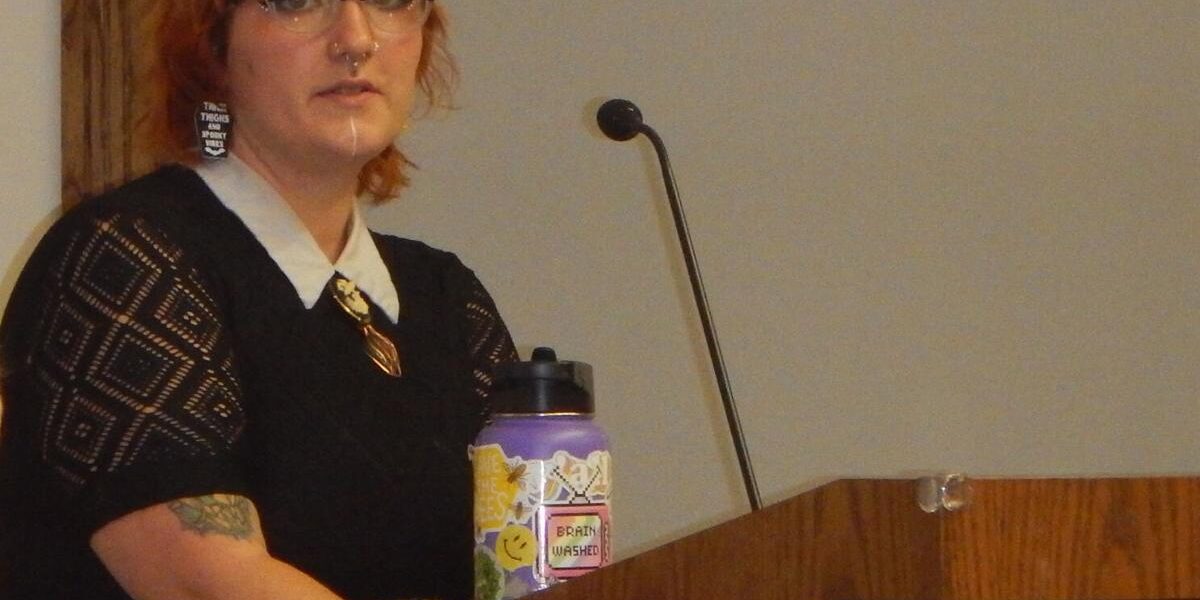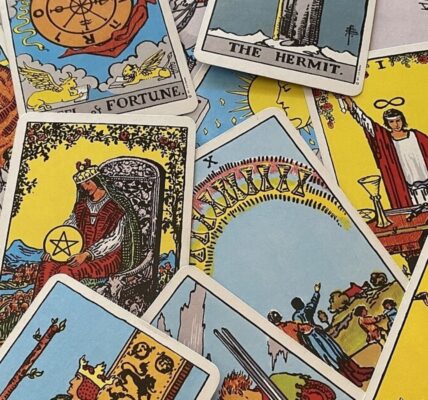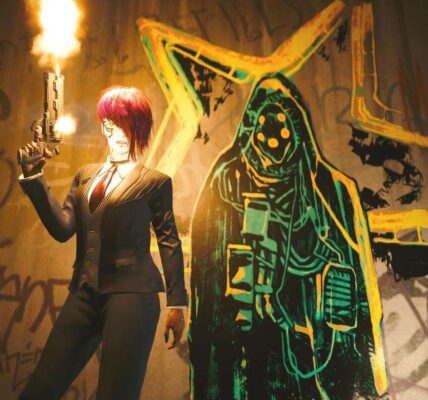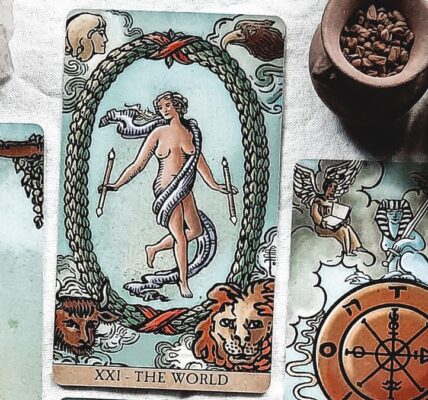West Feliciana Library class learns Fool and Death are not bad things in tarot readings | St. Francisville
[ad_1]
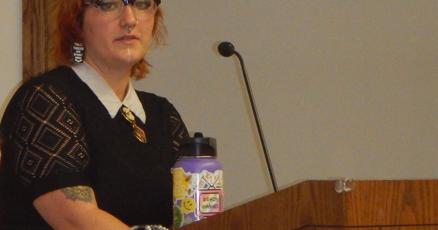
On Oct. 27, a dozen people met at the West Feliciana Library in St. Francisville for a class on tarot, taught by Sylvia Kelley.
Several expressed surprise and pleasure at how many people showed up for the event.
Kelley does readings at Soul Roots, soulrootsbr.com, 10319 Old Hammond Highway, Suite A1, Baton Rouge, a metaphysical shop in Baton Rouge. She said it sells herbs, crystals and incense, and has services, like divination, Reiki and massage.
Kelley has used tarot for about 15 years, about 10 professionally. She also is doing tea leaf readings and event meditations with drumming and music.
Several members of the audience received a free package of cards for being one of the first people to sign up for the class. Others brought their own cards.
The cards revealed many forms of artwork: pretty images, anime, esoteric, fairies and more. Some of the decks come with books from small and basic to larger, more in-depth detail.
Kelly jumped into the cards immediately.
“Usually, (when) you’re opening your boxes for the first time, the Major Arcana are going to be the ones that are at the front. And usually, they do have them all in order starting with the Fool,” she said.
The arcana are either of the two groups of cards in a tarot pack: the 22 trump cards are the Major Arcana and the 56 suit cards are the Minor Arcana.
Major Arcana
Kelley went through the meaning of each card, starting with the Major Arcana.
First up was the Fool.
She pointed out that the Fool is actually a positive card — and throughout the session noted that many cards that provoke a reaction aren’t actually bad. Death is one such card.
The Fool indicates starting a journey or taking a risk. It could be beginning something with little or nothing. Death indicates endings, transformation, cycles or letting go to make room for new things.
Kelley also spent time describing pictures and symbols on each card.
She described the Fool as “about new opportunities … It’s about taking a big leap, taking a risk. (If) you’re thinking about changing things up in your life and the Fool shows up, it usually means go for it, do that thing.”
“A lot of times the Fool is depicted with … a hobo bag, … a stick with a small sack tied at the end of it. … There’s usually no other people involved in what’s going on. Because the Fool’s journey is a journey the Fool has to take by himself. It’s a choice that only he can make … They (Fool) have to decide that they’re going to take that leap and cross that chasm of whatever fear possibly might be their path.”
Another card that seems ominous is the Hanging Man. Kelley pointed out it is a man who has chosen to hang upside down to look at life from a different viewpoint and refers to a story about the Norse god Odin doing the same thing.
At different times, Kelley pointed out things that lead to more depth on the cards, for instance, zodiac and planets. She said many tarot card illustrators add zodiac symbols to the cards.
In the case of the Emperor, “You can see the ram’s head up at the top because the emperor is Aries’ energy. … that just-get-it-done mentality,” she said.
Kelley said people who want to be serious and in-depth about tarot should study astrology. “It took me a long time to get into astrology. Because I felt overwhelmed by it. (So) I started with palmistry. And with palmistry, you have to know astrology. … But once I got into astrology … it opened up, I just understood it.”
Alchemy symbols for earth, air, fire and water add depth to the cards. The Major Arcana have these as secondary symbols, while the Minor Arcana suits are based on these alchemy symbols.
Minor Arcana
After a break, Kelley went through the suit cards or Minor Arcana. These are more like a traditional deck of playing cards in that the deck has four suits, each numbered 1-10, with the page or princess, knight or prince, queen, and king.
She explained how the suit affects each number or face card. The suits are cups, which is water and represents emotions; swords, which is air and represents thoughts; pentacles, which is earth and represents material; and wands, which is fire and passion.
In response to questions, Kelley said, “When I first started learning, I actually never picked up a book really. I started with a deck of cards and what the pictures told me. So a lot of times, the pictures will tell you kind of what’s going on energetically.
“Like you can just see: the Emperor simply looks like a strong man, very decorated on the front, right? In that sense, you can see power coming out,” Kelley said.
She added, “If you’re pulling a three-card reading, it definitely helps to kind of look at it like it’s a picture or like it’s a movie, what’s happening from scene to scene.”
Kelley talked some about shuffling the cards. She said it doesn’t really matter what method is used, it’s up to the reader. She mentioned she likes to use a method that allows cards to drop from her hand; those are the cards she reads. Or if it’s a large deck, she’ll lay the cards out and pick at random.
West Feliciana Parish Library Director Stacie Davis told the group that the library has several tarot books that will be added to the collection over the next week.
“I think that anytime, whether it’s meditation, whether it’s tarot, whether it’s praying, anytime that you’re taking the time to focus on something that’s bothering you, or is a problem … that process of thinking through things helps you work through whatever’s going on,” Davis said. “And the whole process of this is really fascinating to me.”
She pointed out she got a beginner’s deck for $10 from Amazon. It has notes on the card as well as a small explanation book. It’s the first deck that pops up when searching “beginner’s tarot cards.”
Reading card spreads
Kelley ended the class by talking about spreads to read the cards.
She urged people to start with pulling one card a day, and see how it applies to the day, then moving to one card in the morning and one in the evening.
“I highly recommend journaling what your experience is through the day with each card.”
She said after becoming familiar with the meanings from a daily card, consider a three-card spread that represents the past, present and future. She also recommended a seven-card chakra layout — one card for each of the chakras.
[ad_2]
Source link
